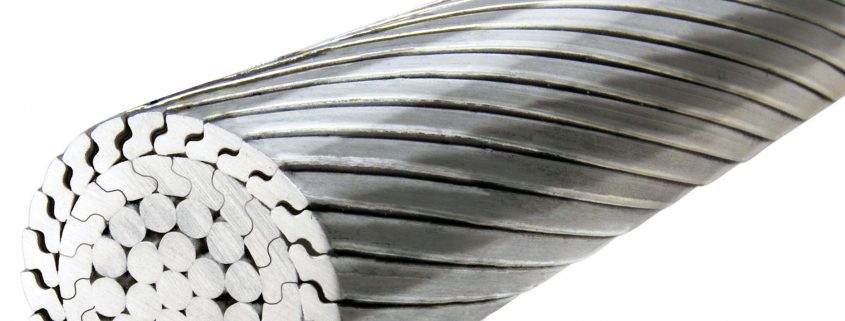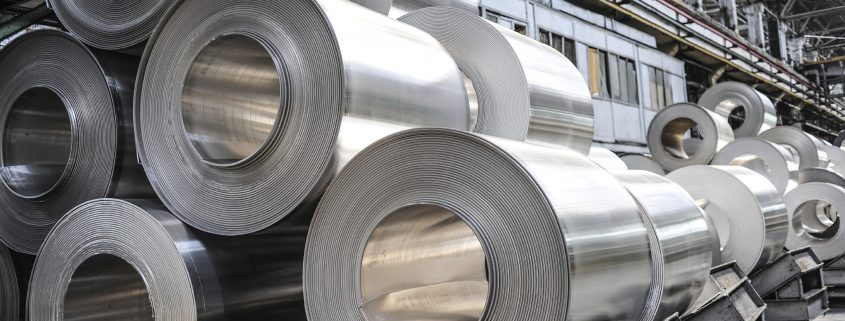Report On Base Metals 01/09
Global demand

Base metals demand is boosted up and supported by the Chinese economy data, PMI index rising to 51.6, from 51.1. This morning the prices were up average 0.1%.
Nickel prices were upside than down finishing with the 0.8% gain. Following with tin price up about 0.3%, while aluminium lifts up for 0.2%.
Copper price came off 0.1%, leveling $6,812 per tonne. Lead and Zinc were off 0.2%.
Trade average Volume is with 6,588 lots as of 07:13 BST.
The Following results are coming after Thursday. When base metals closed at average 1.2% up. Zinc yesterday rose for 2.4%. Nickel and Al were up 1.6%… Tin was little changed…
Precious metals
Prices saw a slight volatility, with gold prices at $1,320 per oz. The palladium prices are off 0.2% at $933.50 per oz.
“This came after a day of strength on Thursday when the complex closed up an average of 0.8%, helped by a reversal in intraday dollar strength on benign inflation data. “ (Fast Markets)
SHFE
In The SHFE trade this morning, base metals are up across the board with average gains of 0.9%.
Nickel prices rose for 1.8%. Copper prices are lagging behind with a 0.2% gain to 52,740 yuan ($8,013) per tonne, as other metals play catch-up with it.
 Changjiang spot copper prices are little changed at 52,540-52,680 yuan per tonne. While the London/Shanghai copper arb ratio is weaker at 7.74 (7.77).
Changjiang spot copper prices are little changed at 52,540-52,680 yuan per tonne. While the London/Shanghai copper arb ratio is weaker at 7.74 (7.77).
Steel rebar prices on the SHFE are up a whopping 6.1%, while gold and silver prices are up by 0.7% and 0.2% respectively.
Iron ore prices, for January delivery, are up 4.5% at 584 yuan per tonne on the Dalian Commodity Exchange.
International markets
In international markets, speaking about Oil prices.. Spot Brent crude oil prices are off 0.2% at $52.64 per barrel. The yield on US ten-year treasuries has eased to 2.13%. Due to the German ten-year bund yield, which has fallen to 0.36%.
Indexes
Equities in Asia are for the most part slightly firmer this morning – both the Nikkei and the ASX 200 are up 0.2%. The Hang Seng is up 0.1%, and the CSI 300 little changed, while the Kospi is off 0.2%. In the USA, the Dow Jones closed up 0.25% at 21,948.10 on Thursday.
Euro Stoxx 50 closed up 0.52% at 3,421.47.
Observing the dollar index, it spike up to 93.35 on Thursday, before closing at 92.61, it was recently quoted at 92.77 as it consolidates ahead of today’s US employment report. The report is likely to spark a reaction from traders as they adjust their view on likely Fed monetary policy. A good report could make the market think the Fed will turn more hawkish again. This could give the dollar a lift and that could weigh on metal prices.
Currencies are recent movements are: The euro at 1.1883 is correcting some of its recent gains, the yen at 110.17 is consolidating, as are sterling at 1.2915 and the Australian dollar at 0.7935.
In emerging market currencies, the yuan is stronger at 6.5809 – another sign of confidence in the economy and for the most part the other currencies we follow are flat-to-firm. Although the peso is slightly weaker.
Finishing,
Aluminium and nickel prices have now joined copper prices in pushing the envelope on the upside and zinc prices are close to following. Furthermore, lead and tin prices are still lagging behind. Good data out of China and a weak dollar are supporting the firmer tones in the base metals. The recent rallies are looking quite stretched, although there have been bouts of consolidation along the way.
A huge part of metal movement depends on dollar. If it avoids rebounding, then the high price levels will likely scale up selling. Then the upside movement is about to grow.

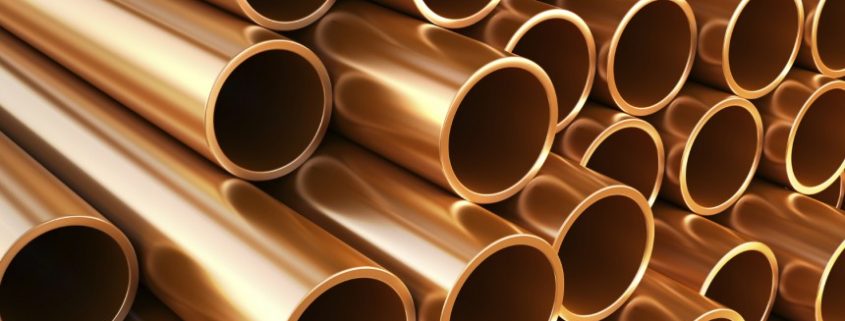



 This electric vehicles phenomena is influencing the world’s largest miner BHP to invest heavily in its nickel business.
This electric vehicles phenomena is influencing the world’s largest miner BHP to invest heavily in its nickel business. 

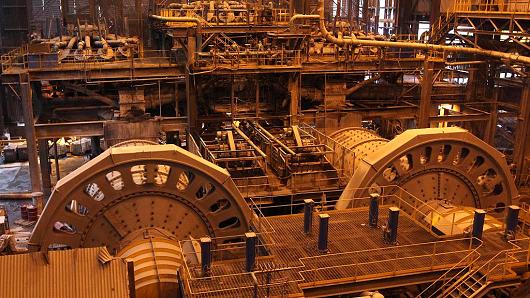




 t the decline in Chinese refined copper imports in April will limit how much prices can rebound…”
t the decline in Chinese refined copper imports in April will limit how much prices can rebound…”

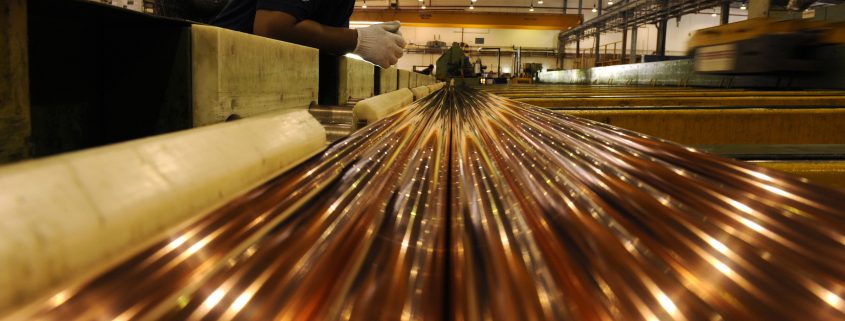





 “The Belt and Road initiative, which was first proposed in 2013, offers the world’s second largest economy a chance to consolidate its political presence in the region. Additionally, the initiative provides China’s battered commodity intensive sectors, many of which are struggling to contain overcapacity, a lifeline to remain relevant for years to come.” (CBA Commodities)
“The Belt and Road initiative, which was first proposed in 2013, offers the world’s second largest economy a chance to consolidate its political presence in the region. Additionally, the initiative provides China’s battered commodity intensive sectors, many of which are struggling to contain overcapacity, a lifeline to remain relevant for years to come.” (CBA Commodities)



 import data from China. These data showed total copper imports into the Asian nation fell. And they fell to their lowest level since October 2016. China’s total copper imports for April fell 33% year-on-year to 300,000 tonnes. Making them down from 450,000 tonnes in the same month last year.
import data from China. These data showed total copper imports into the Asian nation fell. And they fell to their lowest level since October 2016. China’s total copper imports for April fell 33% year-on-year to 300,000 tonnes. Making them down from 450,000 tonnes in the same month last year. “Nickel prices have been under pressure throughout April. This increased market participants’ appetite for dip-buying. Specially on top of which, nickel’s output was largely reduced in April.”
“Nickel prices have been under pressure throughout April. This increased market participants’ appetite for dip-buying. Specially on top of which, nickel’s output was largely reduced in April.”